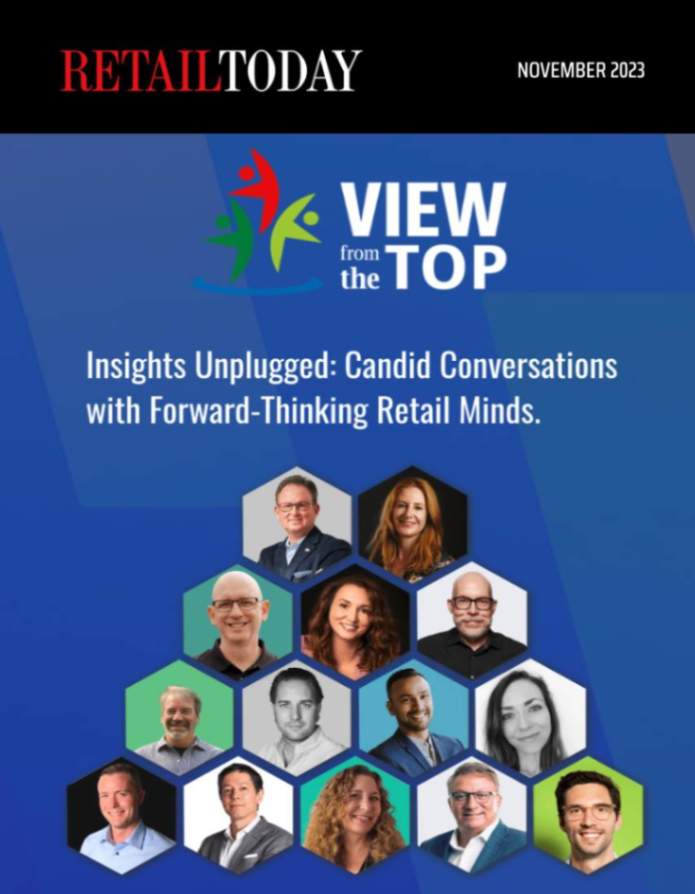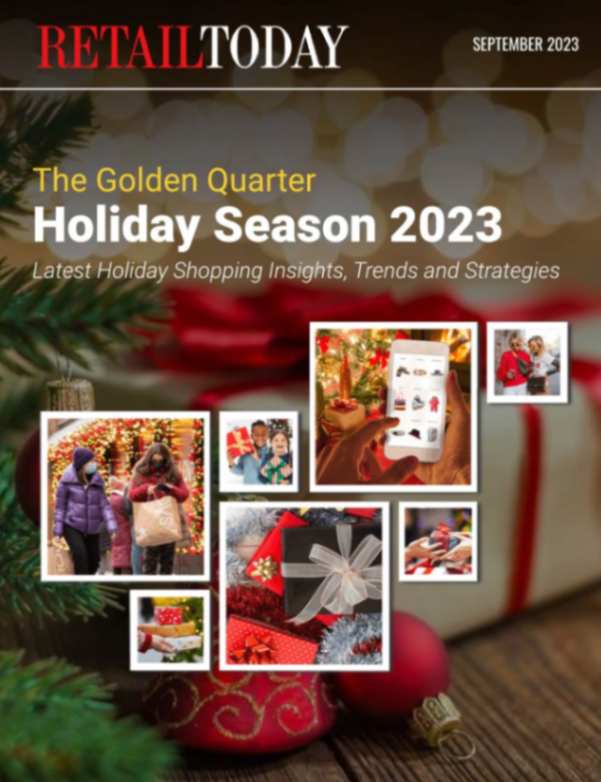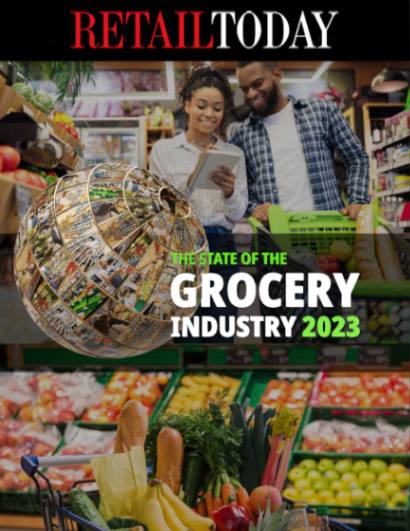Today, parcelLab, the leading Operations Experience Management platform bringing people and brands closer together, released a consumer report on “The Emotional Shopping Experience,” revealing the emotional factors that drive U.S. consumers to make a purchase, and by contrast, how a brand’s actions can negatively affect brand perception.
Conducted online with third-party research firm YouGov, data shows that certain shopping experiences elicit a stronger emotional response from consumers over others. It also shows that brands are getting sloppy in their marketing efforts – with nearly half (49%) of American consumers stating they’ve been incorrectly marketed to by a brand – drastically impacting future purchasing decisions.
Incorrect marketing is causing brands to lose customers
parcelLab’s “The Emotional Shopping Experience” report found that of the 49% of U.S. consumers who stated they were incorrectly targeted by marketing in the last six months, 88% acted against the brand, with 42% saying they immediately unsubscribed to all of the brand’s marketing content, 24% choosing to block all content from the brand on social media and 22% deciding not to purchase from the brand again. This data clearly shows that consumers are frustrated with the marketing content they’re receiving, and as a direct result, brands are losing out.
The number one frustration consumers had was being retargeted to with the same item they had just purchased (43%). Additionally, 28% were receiving materials that were not age appropriate and another 28% were targeted with products for a gender they don’t identify with, without having ever made past purchases for that gender.
“While we often speak about the customer experience as making a purchase and ensuring an order has been delivered, there is an additional layer, driven by customer emotions, that can make or break that experience,” said Tobias Buxhoidt, Co-Founder and CEO of parcelLab. “How a brand communicates with their customers is just as important as the end purchase, if not more. More than two out of ten (22%) of the U.S. consumers who were incorrectly marketed to shared they were shown like-items to something they disliked, and more importantly, had even provided the company with direct feedback stating that. When your customers are providing honest feedback, communicating that same level of transparency and understanding can be the difference between a one-time customer and a loyal one.”
Pay attention to the areas in which emotions have the largest impact
More than half of consumers are emotionally invested in the online shopping experience (57%), but not all purchases are equally stimulating. Of those who stated having emotional responses to online shopping, nearly five out of ten (47%) listed clothing/apparel as the area that elicited the strongest emotional response. Another 38% said the same for food and drink purchases, one third (33%) for beauty and wellness and 29% within the consumer electronics category. That said, understanding the areas consumers feel the least connected to can also be beneficial. Most notably, data shows that gifting moments are trending down. 9% felt emotionally tied to gifting for their children and only 2% admitted to feeling emotionally tied to gifting around Valentine’s Day and wedding celebrations.
In addition, consumers are stating that the post-purchase journey is the most emotional part of their customer experience, with 63% invested in the fulfillment, shipping, delivery and returns process.
“Retailers should view this as an opportunity to strengthen their communication processes, keeping customers informed every step of the way, but especially during the last mile of their journey,” said Tobias Buxhoidt, Co-Founder and CEO of parcelLab. ”We recently learned that 84% of shoppers are unlikely to buy from a company again after a bad last mile delivery experience, which alone shows how crucial this step is for consumers.”
Understand the art of impulse purchasing
Impulse purchasing is arguably something all adult consumers have indulged in at some point. In fact, 62% of US consumers have made impulse purchases in the last 6 months, and within that group, nearly half (43%) stated they were celebrating when making their purchase and another 34% experienced feelings of happiness or excitement. Understanding the emotions behind an impulse purchase can be an opportunity. There is a trend among impulse purchasers that retailers should look to capitalize on –loyalty program rewards or birthday offers – find ways to create the moments that this group craves.
Supplying a quality product isn’t cutting it – consumers want more
With the number of options consumers have in the market, they’re no longer basing their purchasing decision on brand loyalty. Over half (57%) of U.S. consumers are willing to make a purchase from one brand over another if they offer free shipping and returns. Many retailers still don’t offer this option, or they require customers to spend a certain amount before being eligible for these perks. Weighing these options will be critical for brands moving forward, as they look to increase brand loyalty and expand their customer base.





